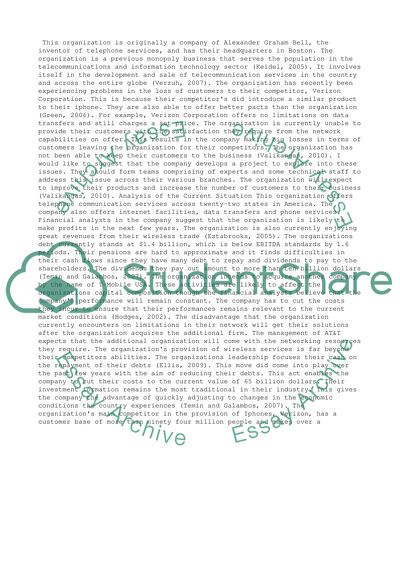Cite this document
(“Analysis of AT & T Organization Essay Example | Topics and Well Written Essays - 3250 words”, n.d.)
Retrieved de https://studentshare.org/business/1392431-analysis-of-att-organization
Retrieved de https://studentshare.org/business/1392431-analysis-of-att-organization
(Analysis of AT & T Organization Essay Example | Topics and Well Written Essays - 3250 Words)
https://studentshare.org/business/1392431-analysis-of-att-organization.
https://studentshare.org/business/1392431-analysis-of-att-organization.
“Analysis of AT & T Organization Essay Example | Topics and Well Written Essays - 3250 Words”, n.d. https://studentshare.org/business/1392431-analysis-of-att-organization.


